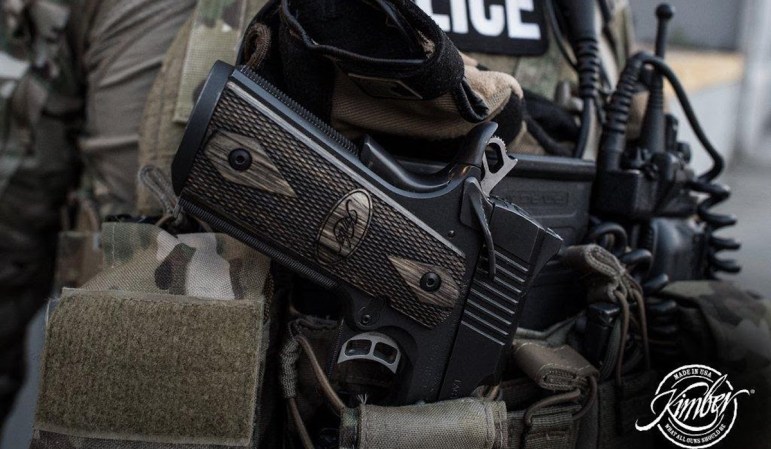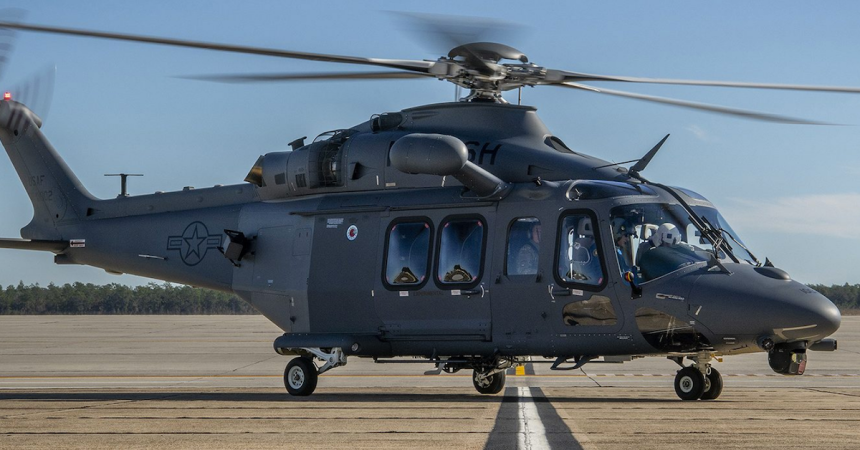With the advent of “net-centric” warfare — highly-integrated and extremely complex next-generation aircraft, warships, and even infantry soldier systems — the US military has invested a good deal of effort into finding something that eases the workload and burden on troops tasked with maintaining these processes and systems, and fixes issues as they appear.
SparkCognition, a startup in Texas with a rapidly growing funding base and ties with big-name defense contractors like Boeing, aims to put a speedy end to this search with the development of an artificial intelligence “fixer” with a broad range of functions, from diagnosing complex issues with military hardware to preventing ships from colliding at sea.
Much like everybody’s favorite Star Wars robot mechanic, R2D2, this new AI system will be able to function on its own, learning the mechanical ins and outs of warships, fighter jets and everything in-between. When something goes wrong — a glitch, a software failure, or a hardware malfunction — the AI can pinpoint the exact problem, then direct maintainers and technicians on solving the issue at hand.

Pilots, don’t get your hopes up just yet… the AI probably won’t look anything like the beeping white and blue barrel on wheels from Star Wars, nor will it come with a cattle prod that can somehow do anything from fixing a busted spaceship to picking the lock on a door. And it definitely won’t slot into a compartment behind the cockpit of your aircraft to keep you company on extended sorties.
Instead, it’ll likely be a series of servers and computers that stream information from sensors planted at critical locations around vehicles and other machines, keeping a watchful eye out for any red alerts or potential causes for concern, and reporting it back to a centralized system overseen by a maintenance team.

The US Air Force, Navy and Marine Corps will soon begin fully fielding a far-less involved diagnostics system for the F-35 Lightning II stealth strike fighter known as the Autonomic Logistics Information System. ALIS, for short, is designed to give ground crews and support personnel a wide range of metrics and data on the functionality of the F-35.
If new parts are needed, or something is damaged, inoperable, etc., ALIS lets support crew know quickly and efficiently in order to keep the F-35 out of the hangars and in the skies.
SparkCognition hopes that they can also put their AI to sea with the Navy’s surface warfare fleet, especially aboard Littoral Combat Ships which have been experiencing a plethora of engineering troubles over the past few years. By observing and storing information on LCS powerplants, the AI would be able to accurately predict the failure of an engine component before it even happens, allowing for preventative maintenance to keep the ships combat-ready and deployable.

Self-diagnosing and healing systems have already been predicted as an integral part of the future of military aviation, especially as the Air Force and Navy both look towards designing and developing a 6th generation fighter to begin replacing its current air superiority fleet some 15 to 20 years down the road.
By fielding AI systems and hardware which allow an aircraft to fix itself or re-optimize its configuration while in-flight after sustaining damage, fighters and other types with the technology built-in can remain on mission longer, or can promise a safe return of the pilots and other aircrew in the event that the aircraft needs to return to base. While we’re a ways off from these ultra-advanced systems, however, SparkCognition’s AI is still fairly achievable within the next five to seven years.
Let’s just hope that, should the DoD decide to pick up SparkCognition’s AI, it stays more like R2D2 and doesn’t turn into something along the lines of Skynet from the Terminator movies.










